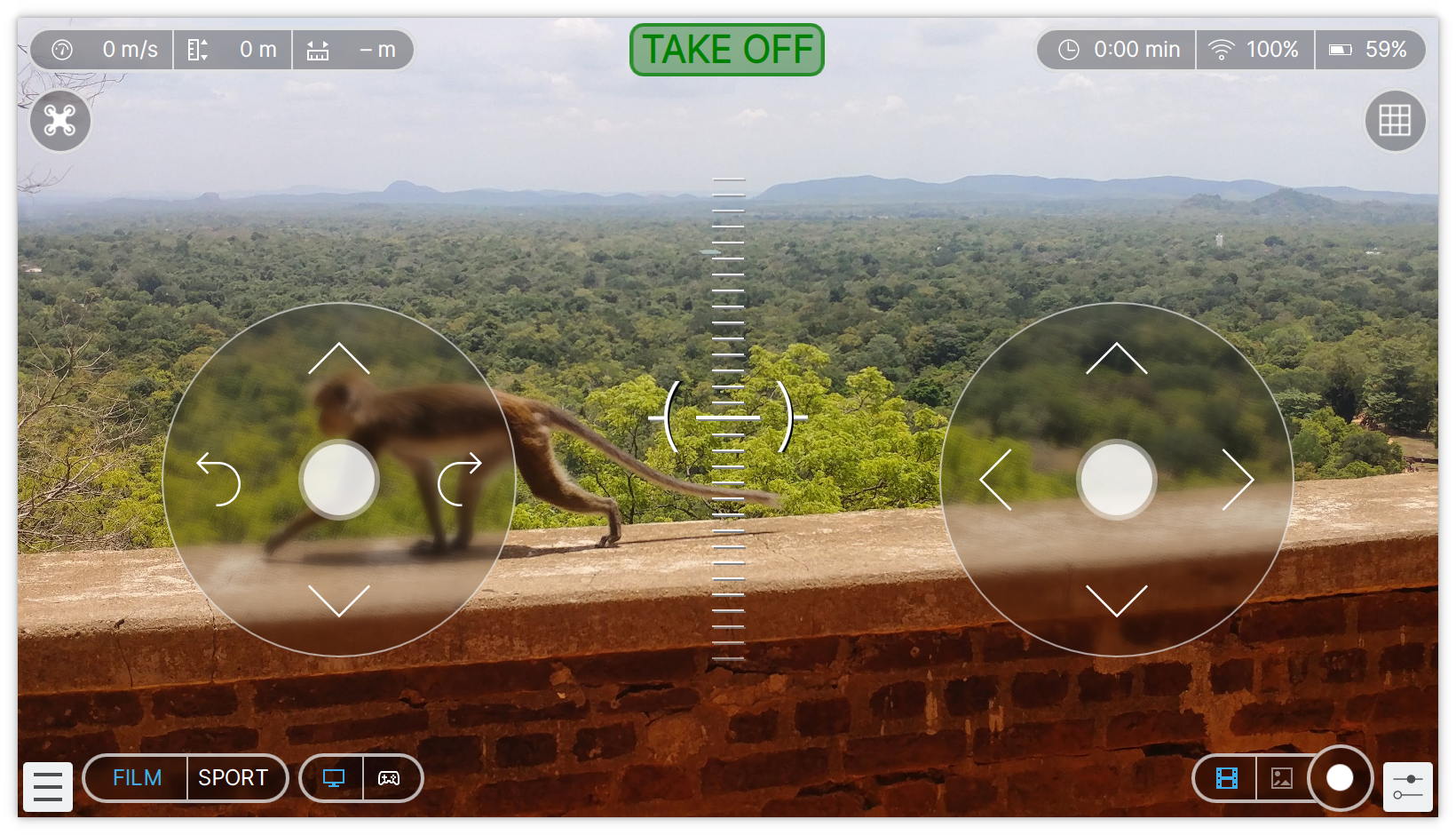- Thread Starter
- #76
For me, airyxOS presents the same problem as helloSystem...
I do not understand these kind of project also MacOS has its design defects, polishing features do not solve them.
For me, airyxOS presents the same problem as helloSystem...
... FreeBSD is a general-purpose OS. It is self-contained, (mostly?) POSIX-compliant, and capable of running any *nix software. ..... One reason I prefer KDE out of the "full-featured" desktops is: they care about portability, they even have a task-force for KDE on FreeBSD.

… FreeBSD is rapidly becoming a great general purpose operating system. …
… MacOS has its design defects, …
So far, just to recap, folks here prefer minimalism against complexity, …
I wouldn't say rapid, but the improvements are significant, and nicely focused.
The areas on the Foundation's technology roadmap:
𠄶– and so on.
- Focus area 1: end user (laptop and desktop)
There are other people who post tutorials in that section I used somebody after spending 7 years with PC-BSD and never building one from scratch till I came here. It was a trill I still remember today in achieving something I'd been wanting to do for years.Sorry dude, it looks that you are the only one having an interest on pushing FreeBSD in the desktop space.
𣀦… Probably the foundation had better to understand what the current users base want and talking with the users base to understand a way that makes all the parts involved satisfied and happy.

… the strategy to address this issues in my opinion would be to create an official spin-off …
It's hard to compare different polls with different questions.
GNOME 43 has a really nice dark theme now with libadwaita in my opinion.When I left Windows 10, apart from picking what OS to replace it with (so to work on the same desktop's hardware), it took a while to settle to a GUI. Tested Gnome, KDE Plasma, XFCE, LXDE and they were all lacking at a good dark theme out of the box + a search based launcher (don't want to navigate with the mouse). That was some years ago.
Settled to KDE Plasma, which was very flexible and with most of the settings exposed without tinkering under the hood. Turning it into a decent dark themed desktop was always painful, impossible without tuning each program to use a dark theme.
I like Plasma, but honestly it feels heavy if not bloated. What I really want from a GUI is to:
1. - start files or programs (in a flattened hierarchy) by pressing SUPER + few letters from the name + ENTER
2. - have a dark theme where all the windows follow the same dark background + white ink
3. - have delimited windows/buttons/textboxes/etc. I can not work with borderless graphic items
4. - a taskbar that preserves the opening order for each window
5. - has graphic elements made for mouse + keyb and a high res. monitor, i.e. 4k (not for touch screens)
Preferably rounded corners, don't care about fancy effects but a little 3D look for GUI elements would be nice, but not overboard eye-candy like glassy buttons and translucent windows.
Is there any other GUI I should try for the above 5 must have, please? The simpler the better.
(apart from Gnome, Plasma, XFCE, LXDE which I've already tried)
